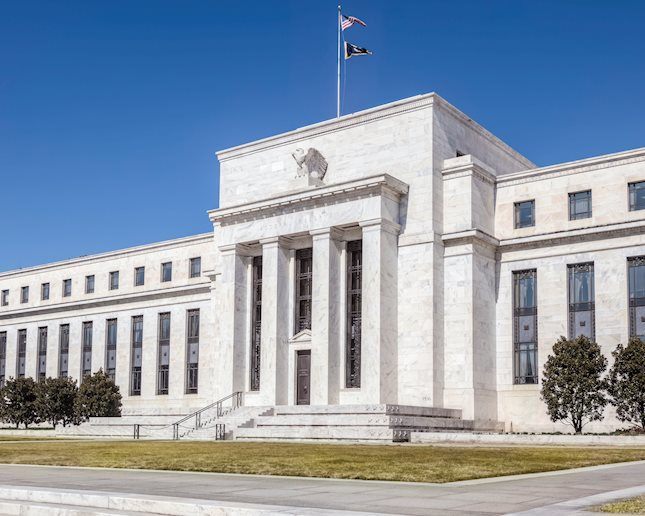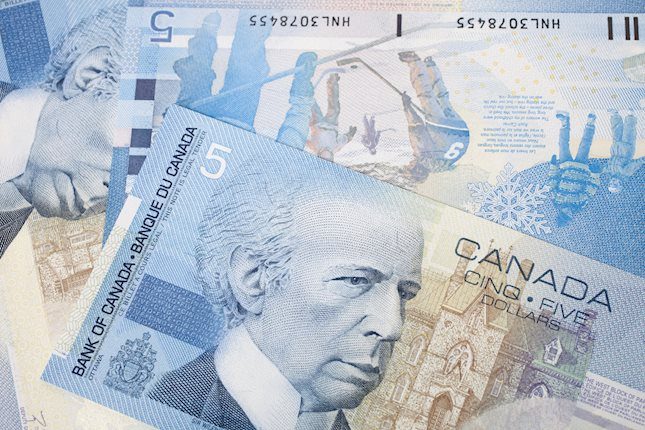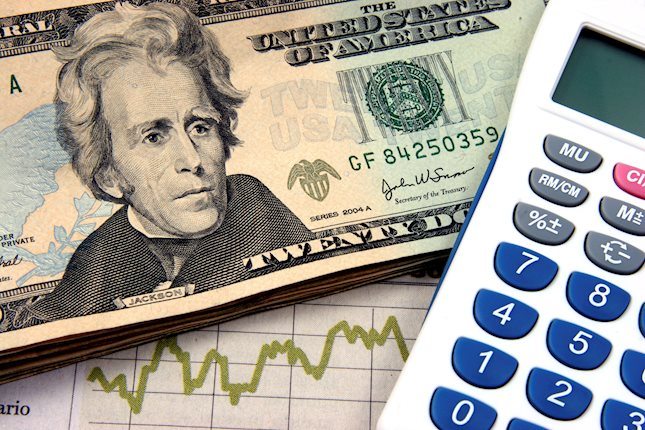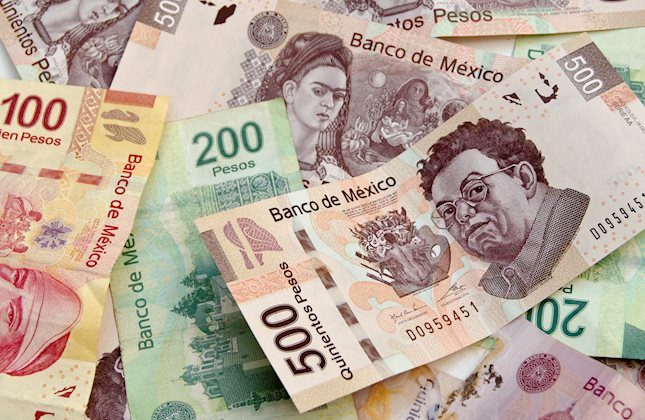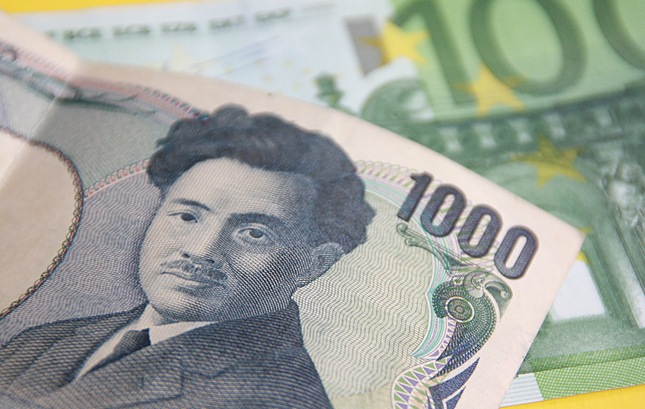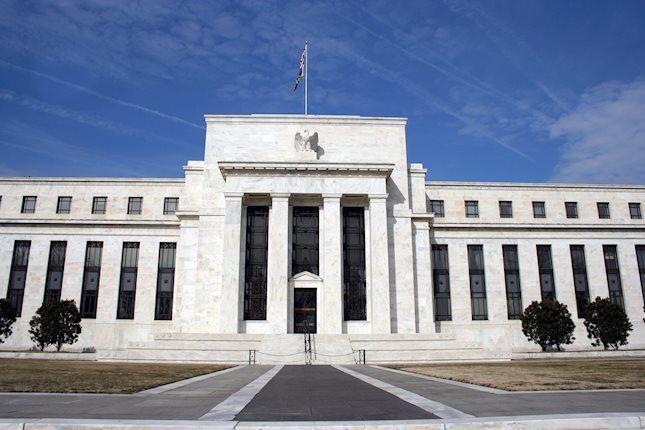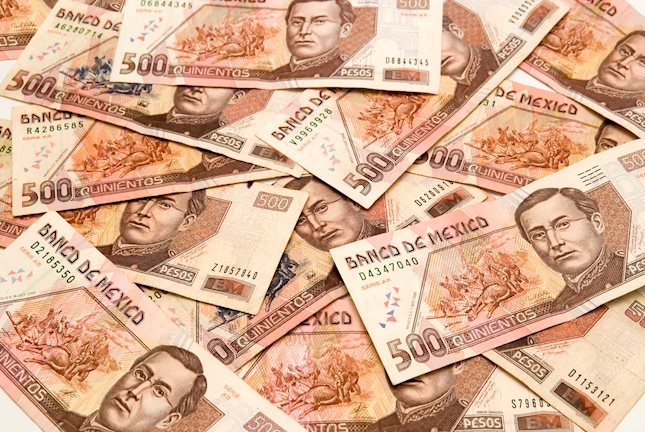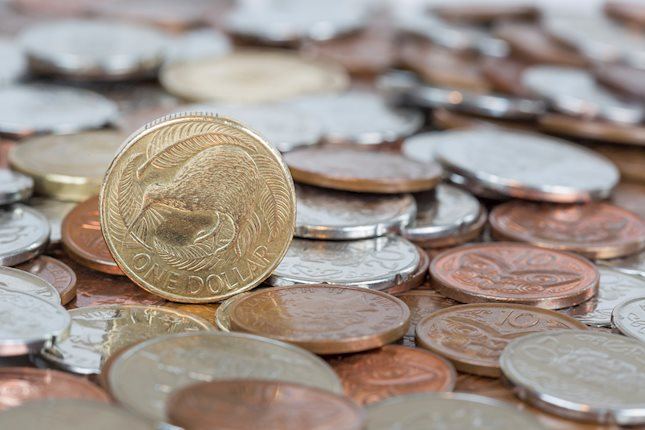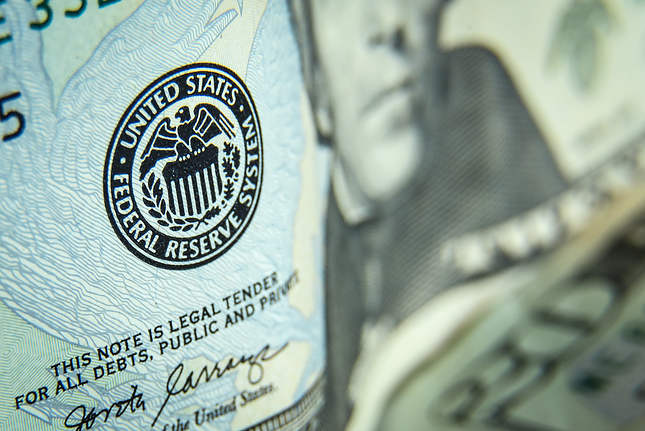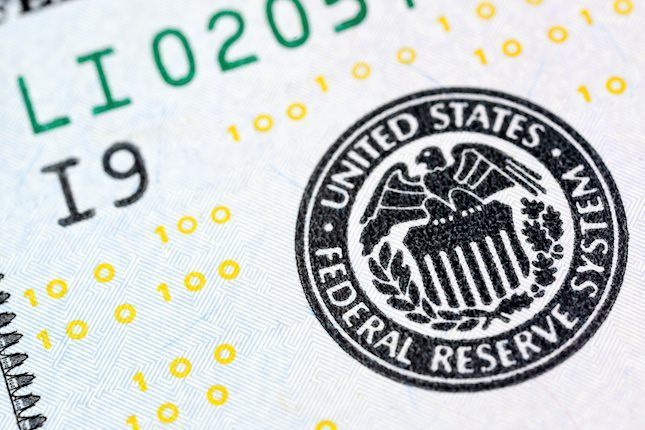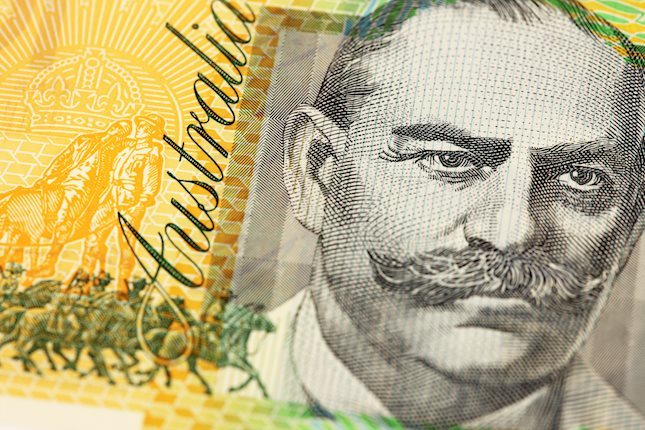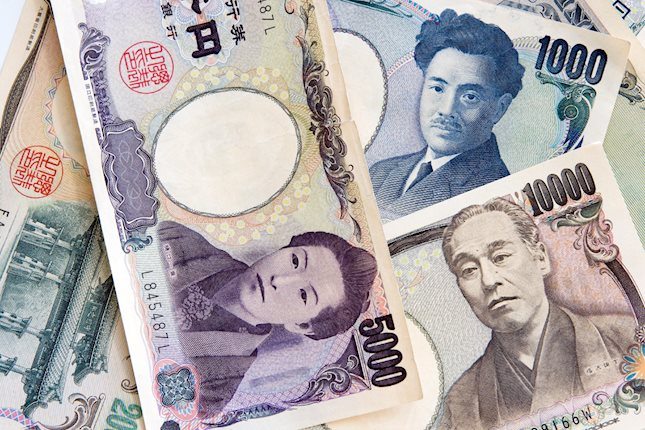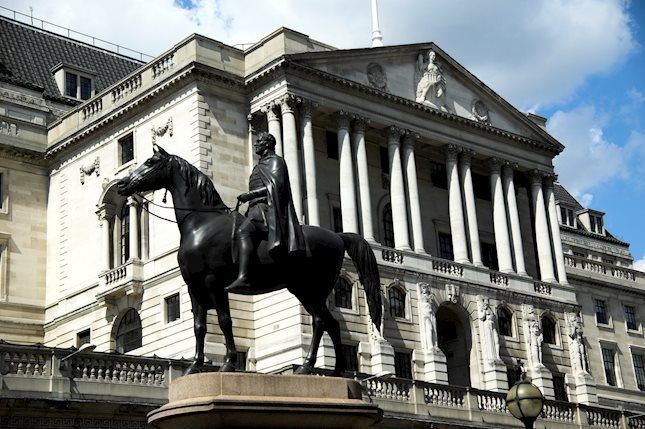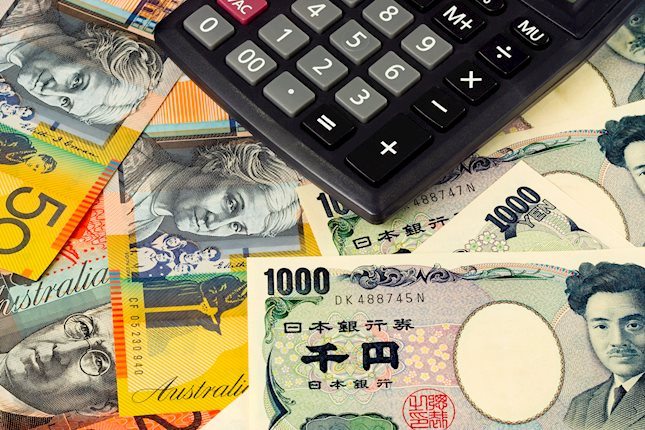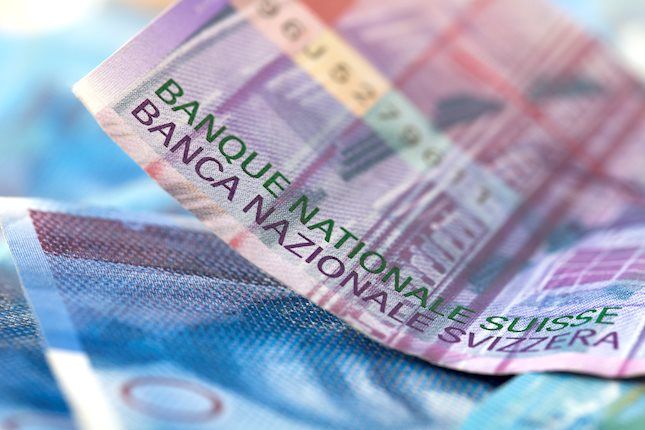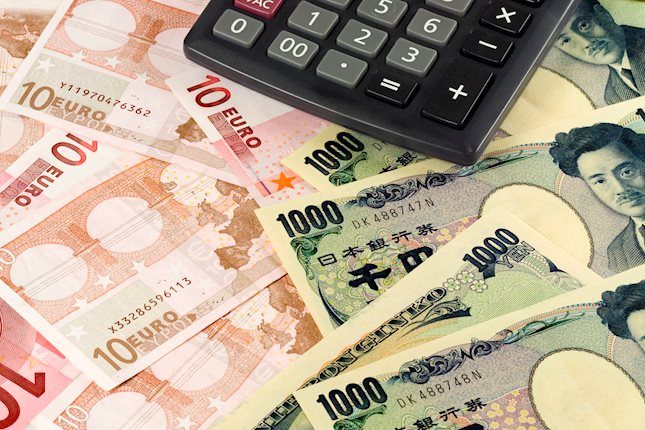-
Opps!
This language contents are not available!
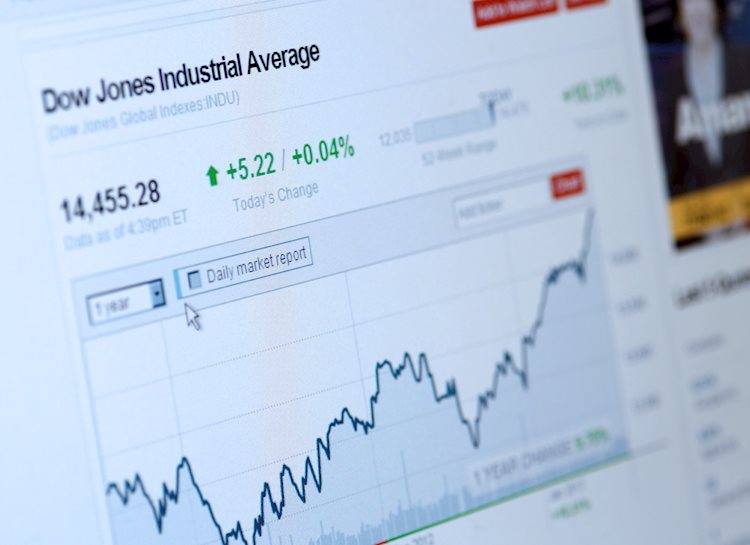
Dow Jones Industrial Average gains 330 points as investors celebrate rising unemployment claims
- Dow Jones gains ground as equities climb.
- US Jobless Claims hit highest number since last August.
- Markets are pinning hopes on rate cuts from Fed.
The Dow Jones Industrial Average (DJIA) found further gains on Thursday as investors bet on Fed rate cuts to come after US Initial Jobless Claims rose to a multi-month high. Federal Reserve (Fed) officials have been pushing down on rate cut expectations recently as Fedspeak talks down the chances of rate cuts without inflation making further progress to the Fed’s 2% target and signs of slack in the US job market.
US Initial Jobless Claims rose to 231K for the week ended May 3, hitting the highest week-on-week number of new jobless benefits seekers since last August. The previous week’s Initial Jobless Claims were also revised slightly higher to 209K from the initial print of 208K. Rising unemployment claims is helping rate-cut-hungry markets step up hopes that the Fed will get pushed towards the rate cut table sooner rather than later.
Dow Jones news
All but five of the individual securities that comprise the Dow Jones Industrial Average are in the green on Thursday, with Home Depot Inc. (HD) leading the charge higher. Home Depot rose 2.54% on the day, trading into $347.44 per share. On the low side, Salesforce Inc. (CRM) is down -1.36%, falling to $275.15 per share as traders reconsider their earlier bets on the cloud computing company. IBM follows hot on Salesforce’s heels, backsliding -1.17% on Thursday, falling -2 points to $166.27 per share.
Dow Jones technical outlook
The Dow Jones is up over 330 points on Thursday, climbing 0.85% as the major equity index grinds its way back to record highs approaching 40,000.00. The index found an early price floor near 38,950.00, and the DJIA hit the closing bell trading at 39,387.76.
The Dow Jones is on pace to close a sixth consecutive trading day in the green, climbing over 4% from the immediate bottom near 37,708.00. The index’s last swing low is priced in near 37,600.00, and the DJIA is up nearly 6.5% from the 200-day Exponential Moving Average (EMA) at 36,897.69.
Dow Jones five minute chart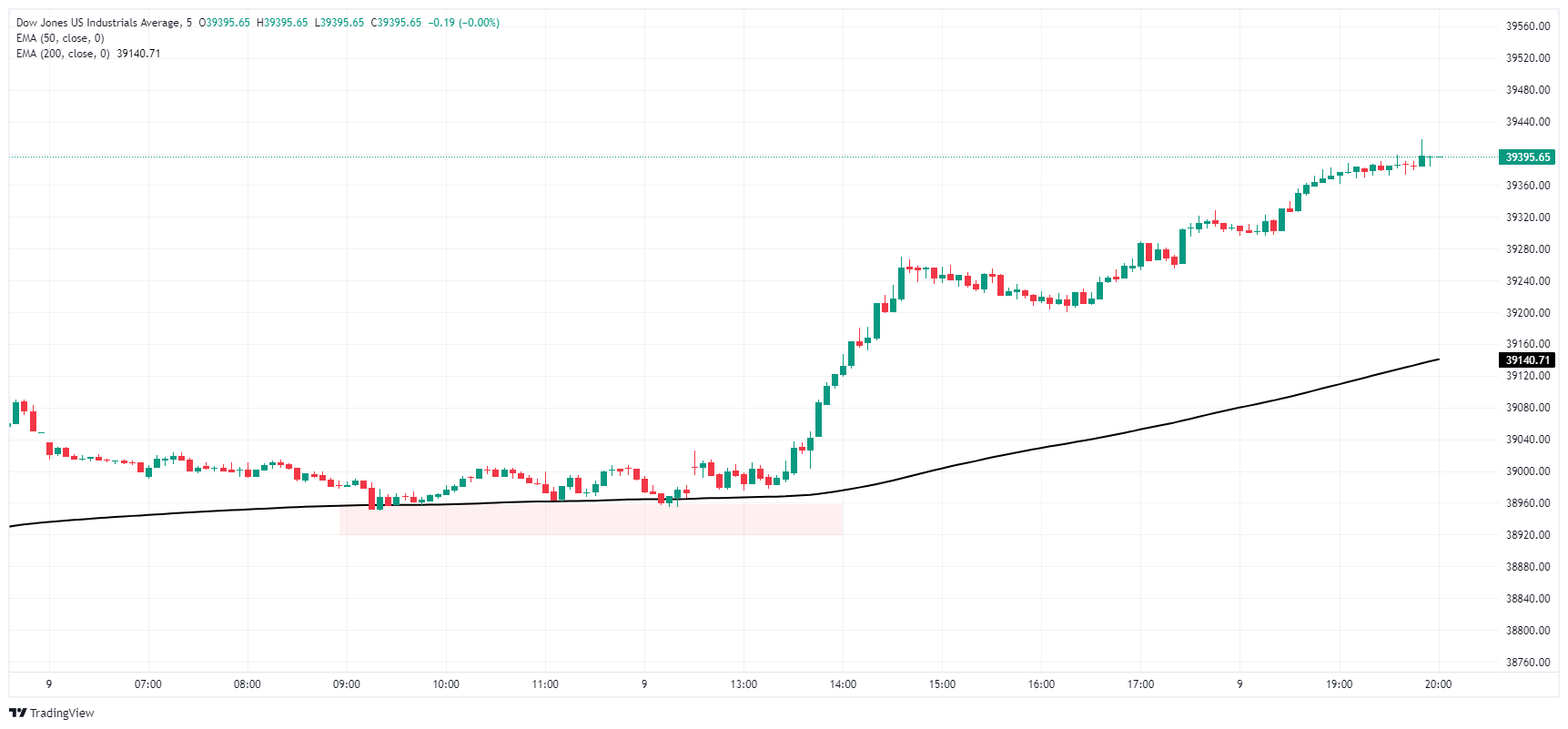
Dow Jones daily chart
Fed FAQs
Monetary policy in the US is shaped by the Federal Reserve (Fed). The Fed has two mandates: to achieve price stability and foster full employment. Its primary tool to achieve these goals is by adjusting interest rates. When prices are rising too quickly and inflation is above the Fed’s 2% target, it raises interest rates, increasing borrowing costs throughout the economy. This results in a stronger US Dollar (USD) as it makes the US a more attractive place for international investors to park their money. When inflation falls below 2% or the Unemployment Rate is too high, the Fed may lower interest rates to encourage borrowing, which weighs on the Greenback.
The Federal Reserve (Fed) holds eight policy meetings a year, where the Federal Open Market Committee (FOMC) assesses economic conditions and makes monetary policy decisions. The FOMC is attended by twelve Fed officials – the seven members of the Board of Governors, the president of the Federal Reserve Bank of New York, and four of the remaining eleven regional Reserve Bank presidents, who serve one-year terms on a rotating basis.
In extreme situations, the Federal Reserve may resort to a policy named Quantitative Easing (QE). QE is the process by which the Fed substantially increases the flow of credit in a stuck financial system. It is a non-standard policy measure used during crises or when inflation is extremely low. It was the Fed’s weapon of choice during the Great Financial Crisis in 2008. It involves the Fed printing more Dollars and using them to buy high grade bonds from financial institutions. QE usually weakens the US Dollar.
Quantitative tightening (QT) is the reverse process of QE, whereby the Federal Reserve stops buying bonds from financial institutions and does not reinvest the principal from the bonds it holds maturing, to purchase new bonds. It is usually positive for the value of the US Dollar.
Forex News
Keep up with the financial markets, know what's happening and what is affecting the markets with our latest market updates. Analyze market movers, trends and build your trading strategies accordingly.
